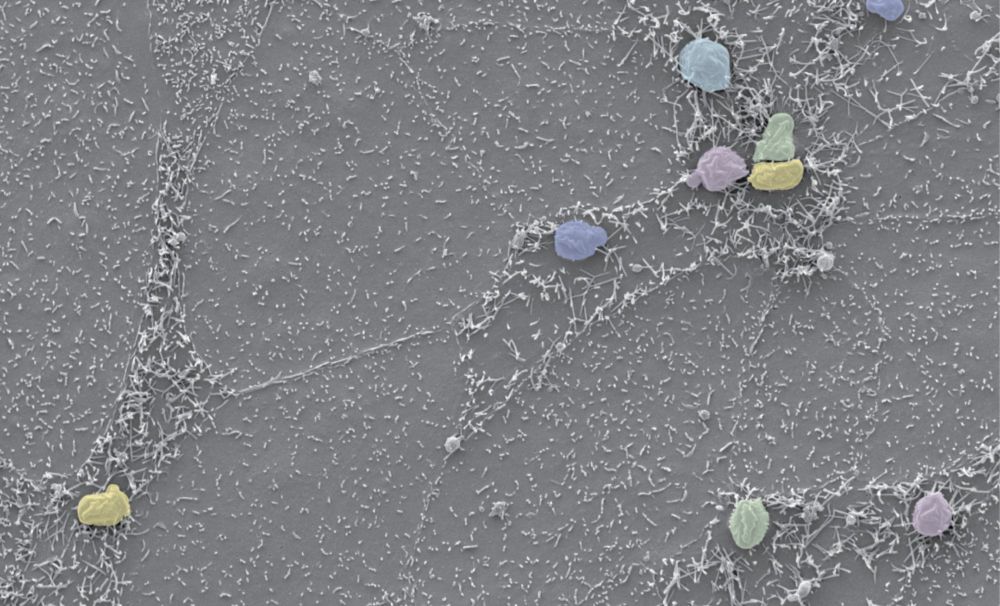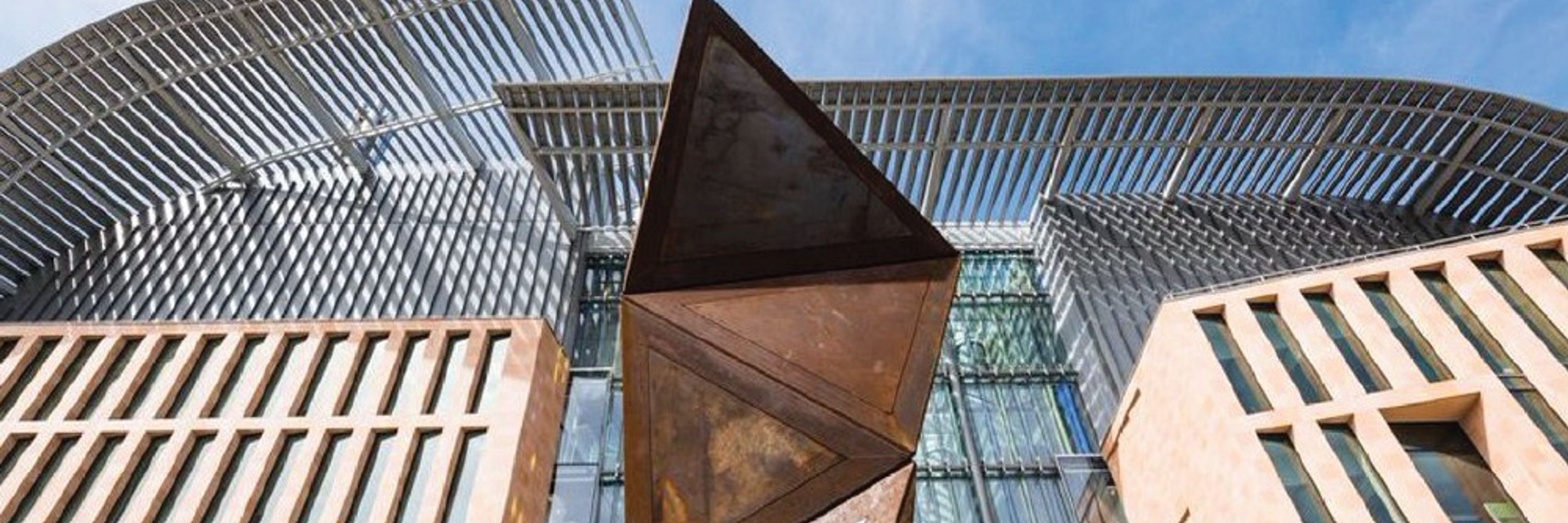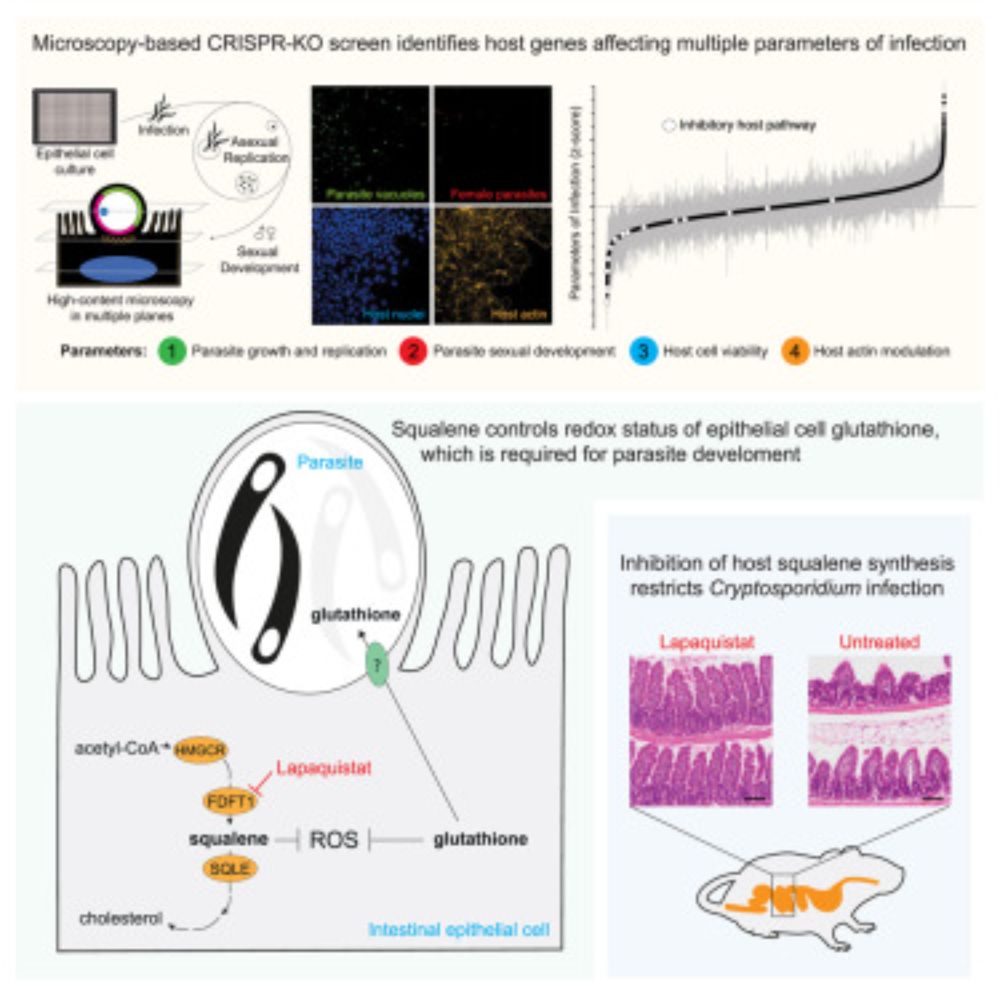Sateriale Lab
@saterialelab.bsky.social
410 followers
78 following
31 posts
Cryptosporidiosis Lab @ Francis Crick Institute
Welcome to our lab member-managed bluesky account!
Posts
Media
Videos
Starter Packs
Reposted by Sateriale Lab
Sateriale Lab
@saterialelab.bsky.social
· Aug 20

Targeted CRISPR screens reveal genes essential for Cryptosporidium survival in the host intestine - Nature Communications
Cryptosporidium is an important threat to public health, yet it lacks a robust genetic toolkit. Here, Watson et al. introduce a targeted CRISPR-based screening method to identify parasite genes that a...
www.nature.com
Sateriale Lab
@saterialelab.bsky.social
· Jul 25
Reposted by Sateriale Lab
Reposted by Sateriale Lab
Reposted by Sateriale Lab
The Francis Crick Institute
@crick.ac.uk
· Apr 29

Researchers uncover how intestinal parasite Cryptosporidium alters host cells
Researchers at the Francis Crick Institute have shown that the Cryptosporidium parasite exports a protein into infected intestinal cells, altering the gut environment and enabling the parasite to surv...
www.crick.ac.uk
Reposted by Sateriale Lab
Eva Frickel
@frickellab.bsky.social
· Apr 13
Sateriale Lab
@saterialelab.bsky.social
· Feb 28
Sateriale Lab
@saterialelab.bsky.social
· Feb 26
Sateriale Lab
@saterialelab.bsky.social
· Feb 26

Cryptosporidium modifies intestinal microvilli through an exported virulence factor
Cryptosporidium is a common intestinal infection of vertebrates and a significant threat to public health. Within the epithelial layer of the intestine, the parasite invades and replicates. Infected cells are readily detected under the microscope by the presence of elongated microvilli, particularly around the vacuole where the parasite resides. Here, we identify a family of Cryptosporidium virulence factors that are exported into the host cell during infection and localise to the microvilli. We examine the trafficking and function of the most highly expressed family member, MVP1, which appears to control the elongation of microvilli through engagement of host EBP50 and CDC42. Remarkably, this mechanism closely mirrors that of an enteropathogenic Escherichia coli virulence factor, MAP, which is also known to drive host microvilli elongation during infection. This highlights a unique instance where eukaryotic and prokaryotic virulence factors have convergently evolved to modulate host actin structures through a similar mechanism. ### Competing Interest Statement The authors have declared no competing interest.
www.biorxiv.org
Sateriale Lab
@saterialelab.bsky.social
· Nov 23
Sateriale Lab
@saterialelab.bsky.social
· Nov 23













